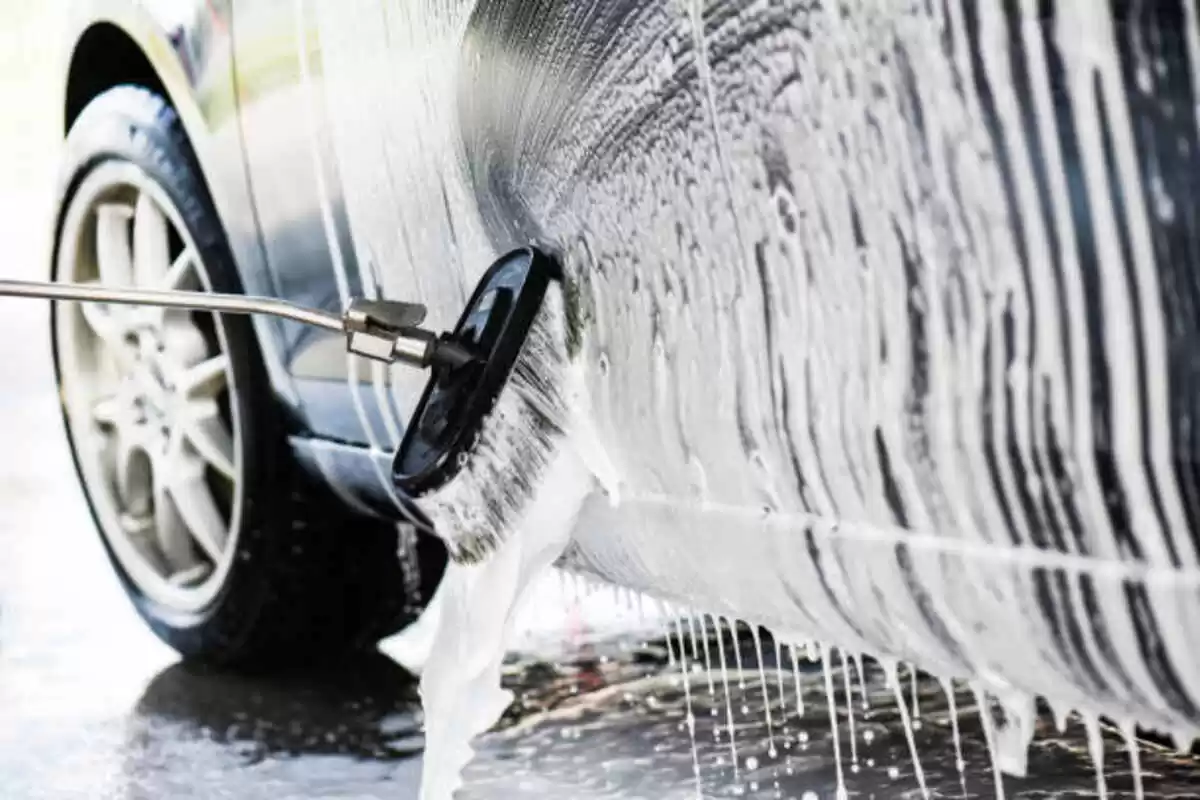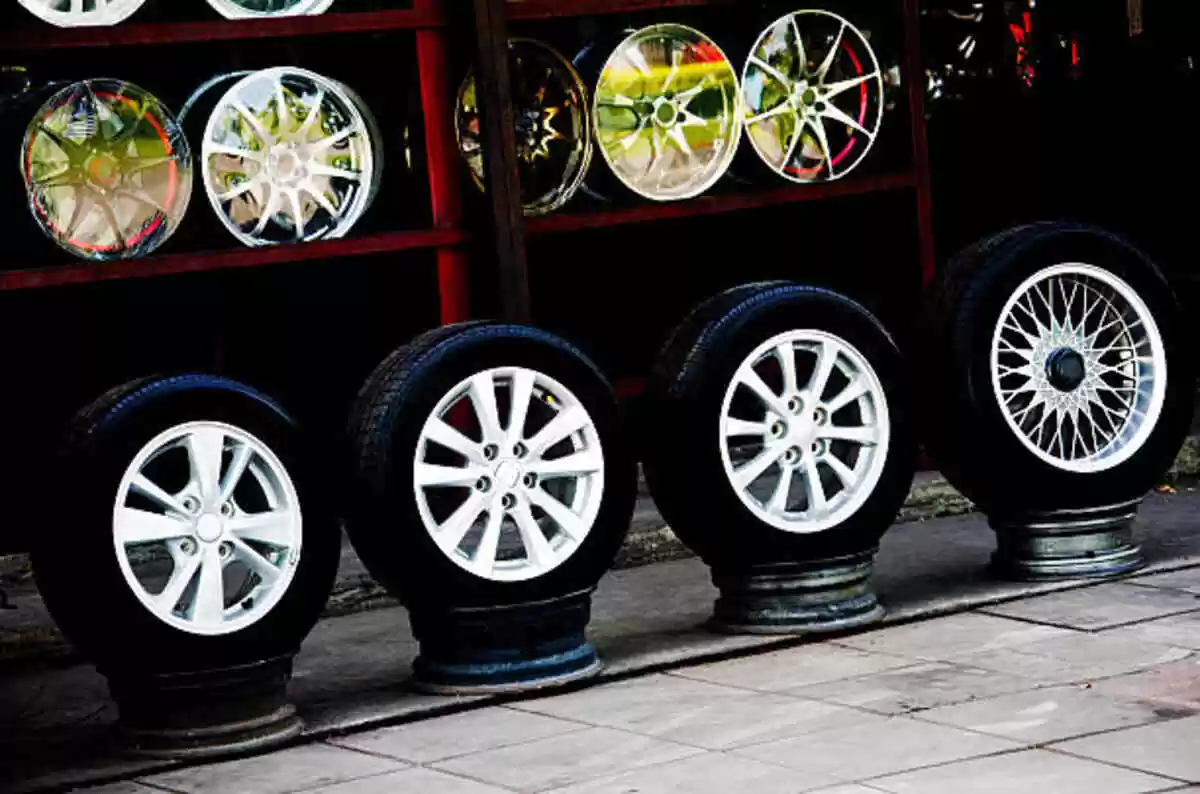“As far the metrics of the two facilities, the top [wind] speed is one key attribute,” Wetzel told Automotive News. Honda’s new wind tunnel has technology not found in other tunnels, he said.
“Some other features we have here at the tunnel detail how the [race] courses are measured. It’s a bit different. When we test cars in the wind tunnel, we are looking to measure the aerodynamic forces, the downforce and the drag. One of the features of the HALO tunnel is that we can actually measure the drag force beneath the rolling road module. That will be a unique feature.”
In other words, sensors that measure aerodynamic drag on the car will be able to eliminate the drag created by the rolling resistance of the tires. And engineers can measure the air coming off the car and the air around it.
“We can mount any number of flow probes that can measure all kinds of [airflow], and that will help us understand why aerodynamic performance is the way it is from different bits and pieces on the car,” Wetzel added. IndyCar rules allow for aerodynamic changes to the car depending on the type of track at which the race is run.






